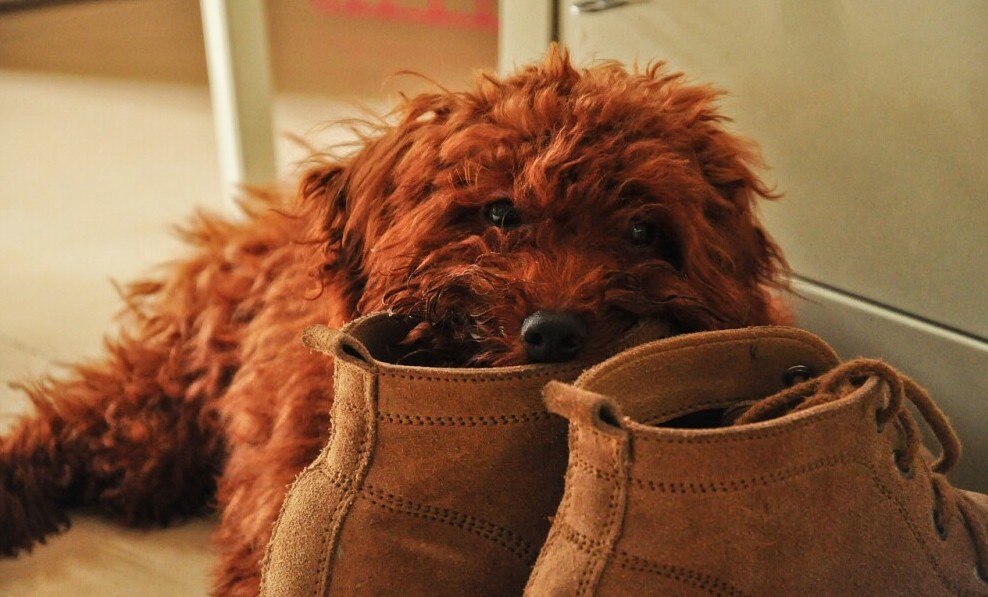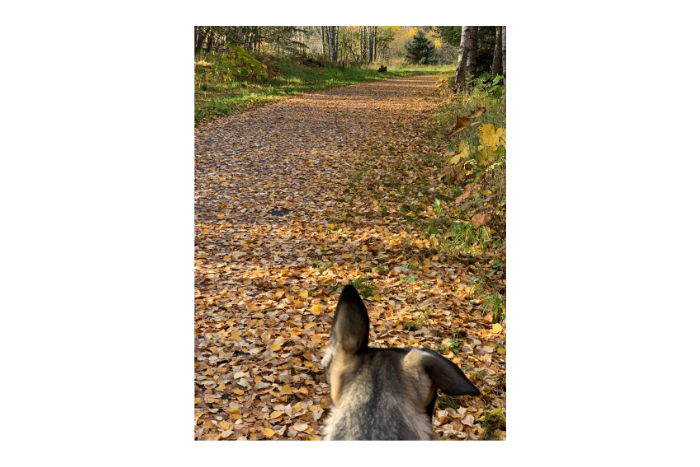
I have never considered myself a dog mom until I met my dog, Rocky. I am now a dog person. I haven’t gone as far as buying a shirt or a hat exclaiming my love for pooches, but I just might at some point. I get so much more exercise now that I have a dog! Below I have outlined the benefits of walking your dog for exercise for your dog and yourself.
The Pawsitive Power of Dog Walking:
Dog walking is more than just a daily routine for pets; it’s an activity that brings many benefits to both you and your dog. Beyond the obvious physical exercise, regular walks contribute to mental stimulation, enhanced well-being, and a good bond between you and your dog. It is a great excuse to find new trails and paths to follow.
The amount of time for dog walking depends on many factors, including the dog’s breed, age, and health. A general guideline is to aim for at least 30 minutes to 2 hours of walking per day. Don’t worry, you don’t have to do it all at once! Divide them into multiple sessions that fit your schedule. Smaller breeds and older dogs may require shorter walks, while more active breeds may benefit from longer outings.
Benefits for you:
Physical Fitness: Dog walking is great exercise! While ensuring your furry friend stays healthy, it also promotes physical activity for you! Brisk walks provide an excellent cardiovascular workout, benefiting your heart health and overall fitness.
Stress Reduction: Spending time outdoors with a dog has been shown to reduce stress levels. The rhythmic movement of walking, along with the joyous energy of your dog, can be a great stress-reliever. Dogs love their owners and that makes people feel good!
Community Interaction: We just moved to a new state and have met lots of nice people through our dog! It’s an opportunity to meet other dog owners, exchange tips, and create a sense of community. This social interaction is beneficial for mental well-being and can combat feelings of isolation.
Routine and Structure: Maintaining a regular walking routine brings structure to both you and your dog’s day. Routine is important for maintaining discipline, promoting a sense of responsibility, and ensuring the overall well-being for both of you.
Increased Vitamin D: By spending time outdoors, you are exposed to natural sunlight, leading to increased vitamin D production. Vitamin D is essential for bone health, immune function, and overall well-being. Of course, watch the temperature as you soak up the rays.
Benefits for your Dog:
Physical Exercise: Regular walks are crucial for maintaining your dog’s physical health. Depending on the breed and size, dogs have different energy levels, and walks help burn excess energy, prevent obesity, and keep muscles and joints in good condition.
Mental Stimulation: I love taking my dog for a “sniffari.” Because dogs are naturally curious, walks provide an opportunity for them to explore new smells, sights, and sounds. This mental stimulation is essential for preventing boredom, reducing destructive behaviors, and promoting a happy, well-balanced pup.
Bonding Time: Walking is a shared activity that strengthens the bond between you and your dog. It’s an opportunity for positive interactions, reinforcing the human-canine connection and trust.
Weight Management: Regular walking plays a crucial role in weight management. Obesity in dogs can lead to various health issues. Exercising regularly is a key component for a healthy lifestyle.
Socialization Opportunities: Walking exposes dogs to different environments, people, and other animals, fostering socialization skills. Meeting new friends during walks can help reduce anxiety and improve your dog’s overall behavior in different situations. My dog is learning to stay away from dogs he doesn’t think are friendly.
Helpful Management Tips For Your Dog:
Before embarking on regular walks, ensure your dog has basic obedience training. Commands like “sit,” “stay,” and “heel” can make the walking experience more enjoyable and safe for both the dog and the owner. If you are needing some help keeping your dog from pulling on the leash on walks or getting overly excited and jumping up, this is a great training course to try so walking with your dog is fun and successful.
Click on this poster for a link to a course to help train your dog at home on your own time!

1.Use Positive Reinforcement: Reinforce good behavior with positive reinforcement, such as treats or praise. Rewarding your dog for walking calmly on a leash encourages them to repeat the behavior.
2.Invest in a Good Fitted Harness: Consider using a well-fitted harness rather than a collar, especially for dogs prone to pulling. Harnesses distribute pressure more evenly and reduce the risk of injury to the neck and throat.
3.Choose the Right Leash: Choose a leash that fits your dog’s size and behavior. Standard leashes are suitable for most dogs, while retractable leashes provide more freedom for well-trained pets. Avoid excessive tension on the leash to prevent discomfort for your dog.
4.Pay Attention to Body Language: If your dog exhibits signs of stress, fear, or aggression, take a break and assess the situation. Understanding your dog’s cues can prevent unwanted incidents during walks.
5.Start Slow: If you and your dog are not used to regular walks, start with shorter walks and gradually increase the time spent walking. This allows both of you to acclimate to the routine.
6.Be Consistent: Consistency is key to successful dog walking. Try for a daily routine, so your dog knows what to expect. I swear my dog knows how to tell time! Regular walks also contribute to maintaining a healthy weight and preventing behavior issues.
7.Weather Considerations: Make sure the temperature is appropriate and safe for your dog before going out. In extreme heat, opt for early morning or evening walks to prevent paw pad burns. In cold weather, protect your dog from ice and salt on the sidewalks.
8.Hydration: Always carry water, especially on warmer days, to keep both you and your dog hydrated. Dehydration can affect your dog’s well-being. Make sure to provide access to water during and after walks if the temperature calls for it.
9.Vet Check-ups: Schedule regular veterinary check-ups to make sure your dog is fit for physical activity. Discuss your dog’s exercise routine with the vet, especially if they have any health concerns or conditions. If your dog is not chipped, talk to your vet about options.
 Rocky wasn’t so sure about the bridge so he stayed close! The leash shown, is one I still use today 2 years later!
Rocky wasn’t so sure about the bridge so he stayed close! The leash shown, is one I still use today 2 years later!
It was hard for me to not post about 10 pictures of my adventures with my dog. Getting out and getting fresh air and exercise are easy when a dog is involved. I hope I gave you some ideas for getting outdoors with your dog. I would love to hear about a memorable dog adventure you have had with your pooch! Leave a story in the comment section!
**Here’s a little transparency, my website contains affiliate links. If you click and make a purchase, I may receive a small commission. Don’t worry, there’s no extra cost to you. It’s a simple way you can support my blog to bring you quality content.**

